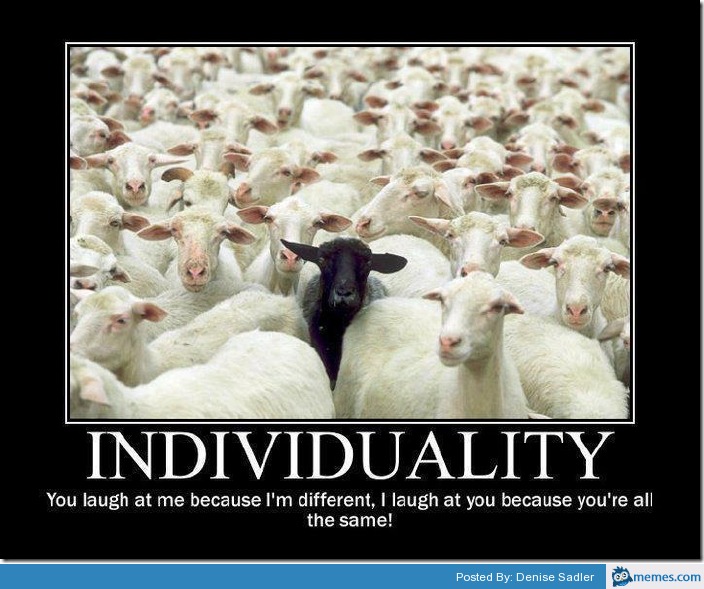Are our assessments making the grade?
Grading and assessment isn’t going away. Whether it’s qualitative or quantitative or whether we call it feedback or evaluation or anything else, we need ways to assess how students are doing, what they are learning, and how they are progressing so we can inform our students and help them improve, inform parents so they can support their children, and, if grades are used properly, improve our teaching. I believe that assessment helps us improve. So we need them, but like Alfie Kohn said, that can’t be an excuse for not changing or improving the way we do things. And needing them doesn’t mean we need to make assessments miserable or meaningless.
I liked the different articles and videos we were given because they offer so many suggestions on ways to do assessments. And that’s an important point, there really is no singularly perfect or best way to assess and evaluate students. We’ve done the grade-based thing for a LONG time and, to be honest, it’s produced some pretty incredible successes as far as educating people goes. I find it ironic that people who survived and thrived in a grade-based system take such gratification from slamming that system. Just a thought. But that’s kind of the point, really, isn’t it? There are students who will succeed in any system and, despite Kohn’s comments, I am sure there are some students who will thrive better in a graded system than an ungraded system. I imagine I fall in that category sometime. I’m lazy as anything a lot of times but I have just enough of a competitor or perfectionist in me that I find grades do motivate me to push myself. But do I recognize the benefit of alternate assessment styles? Of course. Not just from the perspective of trying to come up with assessment that appeal or work for a broader range of students, but because it just makes practical sense if we want to direct education towards actually preparing people for their future professions. Like the articles said, we rarely are given a list of True/False or multiple choice questions by our boss or client and told to fill them out with facts they could look up online (although I’ll admit I have actually had similar things happen – bosses and clients are lazy). More often we are given open-ended problems to solve where we need to think and reason and come up with AN answer, not necessarily THE answer. Because, of course, there is no THE answer. If there was one thing I wish that assessments, exercises, and lessons in college taught, it would be that. We don’t want graduates to find out AFTER graduation that they won’t always be able to check the back of the book or ask the professor to find out what the “actual” answer is. We need to teach students before they leave school to think critically and with an open-mind and to have the confidence to back up their answer without the authority of a grader to support them. Better to find that out in school than in the real world. So yea, I think we should try different methods of assessment. We should experiment with and incorporate different things to see what works. I believe that what actually works will change by discipline, subject, course, and class, so we may need to adjust our thinking from time to time. Is that hard? Uncomfortable? Not likely to always be well-received? Of course, but most things are. Still worth it though if we want to actually make a difference.




